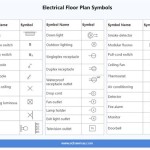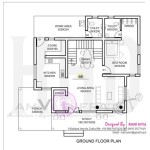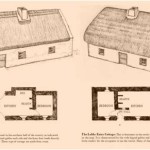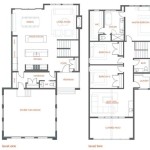Essential Aspects of Large Victorian House Floor Plans
Large Victorian house floor plans are notable for their grandeur, intricate details, and functional layouts. Understanding the essential aspects of these plans is crucial for architects, designers, and homeowners seeking to preserve the historical charm and functionality of these architectural gems.
The following paragraphs delve into the key aspects of large Victorian house floor plans, providing insights into their unique characteristics and design principles.
Generous Room Sizes and High Ceilings
Victorian houses are characterized by spacious rooms with soaring ceilings. This architectural feature not only enhances the sense of grandeur but also allows for ample natural light and air circulation. The large room sizes accommodated the large families and elaborate social gatherings that were common during the Victorian era.
Formal and Informal Living Spaces
Victorian floor plans typically feature a clear distinction between formal and informal living spaces. The formal areas, such as the parlor and drawing room, were reserved for special occasions and guests, while the informal spaces, such as the family room and kitchen, were used for everyday living. This separation allowed for both privacy and the proper hosting of formal gatherings.
Complex Circulation Patterns
The circulation patterns in Victorian houses are often complex, with multiple staircases, hallways, and landings. These intricate pathways not only added visual interest but also served functional purposes. The separate staircases, for example, allowed for the discreet movement of staff and guests.
Bay Windows and Architectural Details
Bay windows are a common feature in Victorian houses, providing additional space and natural light. These windows, along with other architectural details such as ornate moldings, decorative fireplaces, and stained-glass windows, contributed to the overall grandeur of the house.
Functional Service Areas
Despite their emphasis on aesthetics, Victorian house floor plans also重視functionality. The service areas, such as the kitchen, laundry, and servants' quarters, were thoughtfully planned to support the daily needs of the household. These areas were often located in the basement or at the back of the house.
Historic Preservation
Many large Victorian houses have been designated as historical landmarks, requiring careful preservation and restoration. Understanding the essential aspects of these floor plans is crucial for maintaining the architectural integrity and historical significance of these buildings.
Conclusion
The essential aspects of large Victorian house floor plans contribute to their enduring appeal and architectural significance. These plans embody the grandeur, functionality, and intricate details that defined the Victorian era. By understanding these essential aspects, architects, designers, and homeowners can preserve and celebrate the rich architectural heritage of these historic homes.

Victorian House Plans Home Design Gml D 756 19255 Layout Mansion

House Plans Victorian Vintage Sims

Untitled Victorian House Plans Mansion Floor Plan Homes

Victorian House Plans Mansion Floor Plan Homes

Chapter Ii Large Town Houses Mansion Floor Plan Vintage House Plans

Good Victorian Mansion Floor Plans House Plan

Victorian Style With 3 Bed Bath House Plans Vintage Small

Montrose 3363 5 Bedrooms And 4 Baths The House Designers

European House Plan 2456 The Lyndale 4304 Sqft 4 Beds 3 1 Baths

This Just In Tom Brady Likes To Lose Victorian House Plans Mansion Floor Plan








